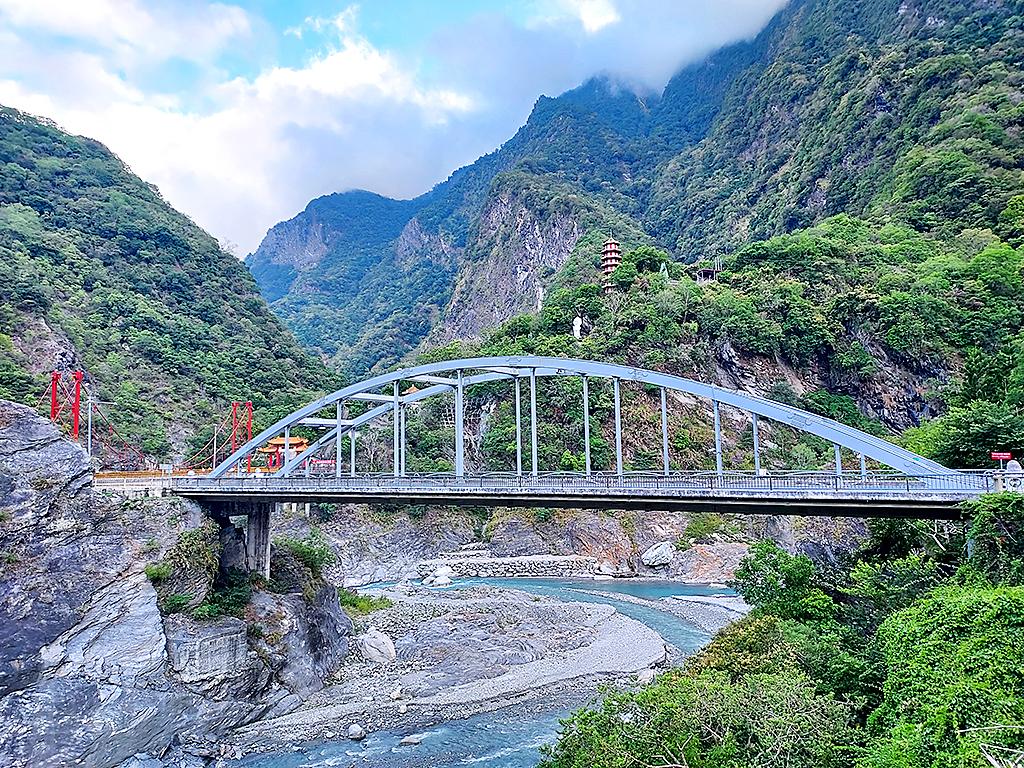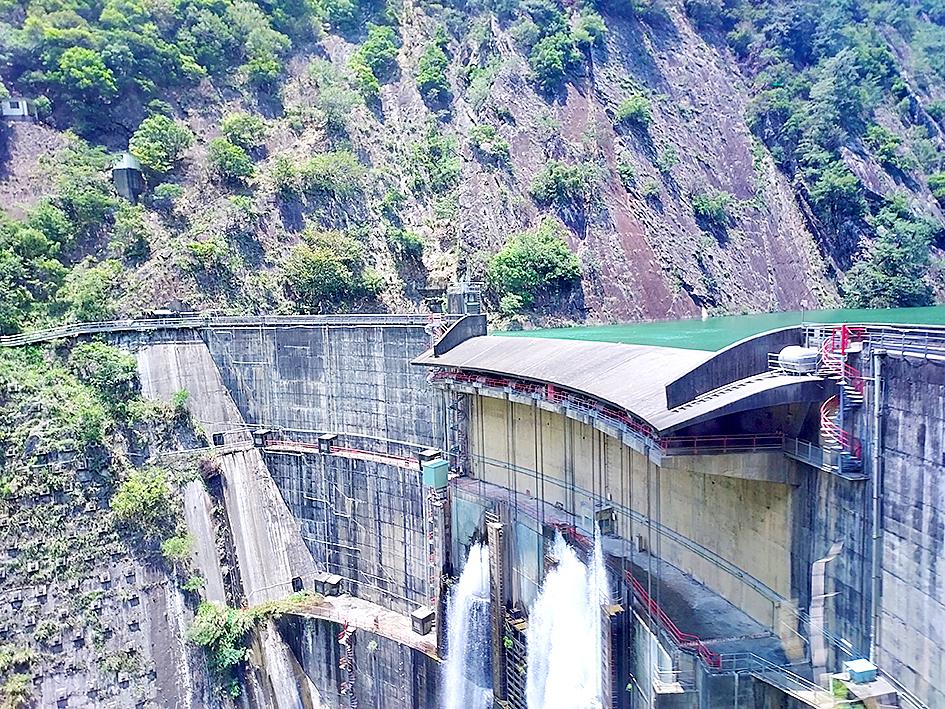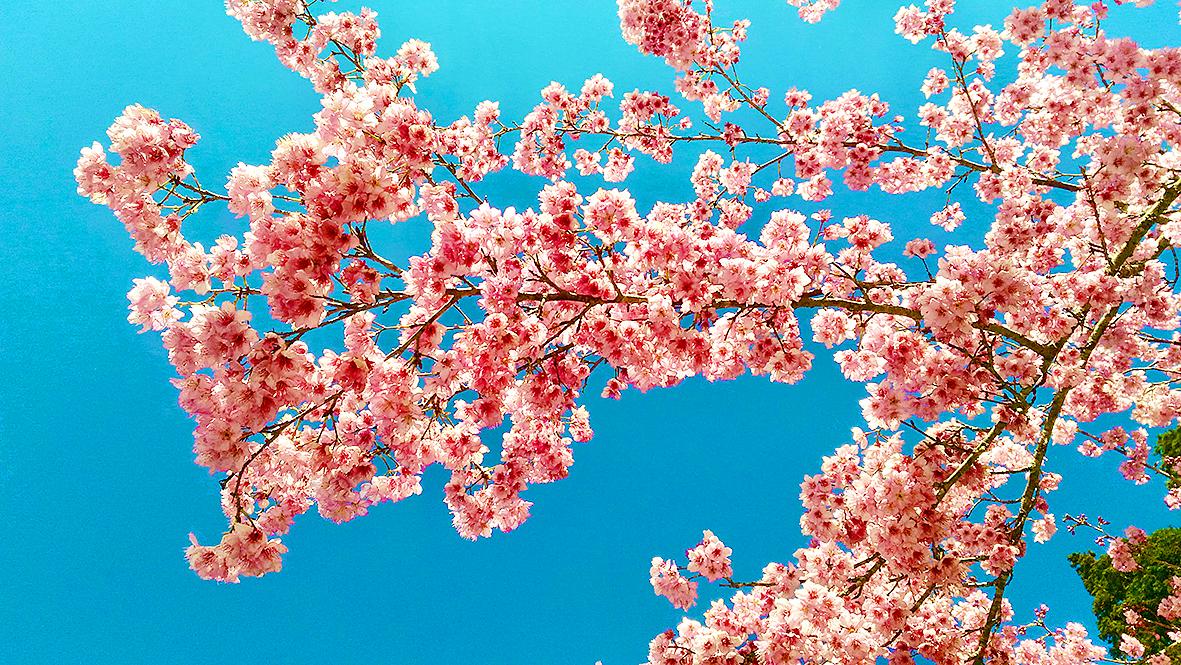When the Central Cross-Island Highway opened in 1960, it was the first cross-island highway completed under Republic of China rule and the pride of former president Chiang Kai-Shek (蔣介石). The road connected remote areas of Taichung County with Taichung City in the west, and Yilan and Hualien in the east. The mountain village at the heart of this new road network, Lishan (梨山), became a tourism hot spot and the site of two of Chiang’s famous guesthouses. Agriculture flourished and the cold-weather fruit of Lishan became renowned throughout the country.
Disaster struck in 1999, when the 921 Earthquake destroyed parts of the road. After several years of costly repairs, the road was once again damaged by a 2004 typhoon before it had even reopened. The road then remained closed until 2011, when it was repaired and finally reopened, but only to residents of Lishan.
Today, the road can still only be driven on by Lishan residents, and only at specific times each day. However, in 2018, public bus service to Lishan on this road was resumed, allowing outsiders the chance to see a part of Taiwan that had been inaccessible for nearly two decades. By combining this route with the bus between Lishan and Hualien, it is now possible to experience the original Central Cross-Island Highway entirely by public transit.

Photo: Tyler Cottenie
The entire route can be done in a single day, but a more enjoyable itinerary would include hot springs in Kukuan (谷關) the night before, some time enjoying the scenery and cool climate of Lishan or a day in Taroko Gorge exploring the national park.
UP TO LISHAN
Bus 865 to Lishan may be boarded in Kukuan three times a day. One of these buses each day actually starts further west in Fengyuan (豐原), providing easier access for train travelers. After leaving from Kukuan, the bus stops rather anticlimactically after a mere five minutes at the checkpoint, where a long line of cars is already waiting. At the designated time, the gate is opened and a pilot car begins leading all the traffic toward Lishan. The bus goes last, followed by a tail car.

Photo: Tyler Cottenie
The restricted section continues following the Dachia River (大甲溪) upstream among towering peaks that drop straight down to the riverbed. Engineering a road through such unforgiving terrain must have been a daunting task back in the 1950s, and anyone who sets their eyes on the roadside cliffs will find it entirely unsurprising that long swaths of pavement have been wiped out by landslides here over the years.
Halfway through, the road passes by the Kukuan Dam (谷關壩), one of six along this river. The reservoir above this dam is a gorgeous emerald green, and the Cross-Island Highway winds right along its shoreline, providing tourists with exceptional lakeside views. Unfortunately, vehicles are not allowed to stop anywhere in the restricted section of the highway, making photography along the way difficult: few would call the minibus a smooth ride.
The restricted section ends at another checkpoint just after the Techi (德基) Dam. After this point, farms and villages start to appear as the bus follows the equally green Techi Reservoir toward Lishan. Finally, nearly two hours after leaving Kukuan, or three and a half hours after leaving Fengyuan, passengers disembark in front of the Lishan Guesthouse (梨山賓館).

Photo: Tyler Cottenie
SLAMAW (LISHAN)
Settlement in Slamaw, the Atayal name for the village, began centuries ago, but a large influx of soldiers sent here to become farmers after the Chinese Nationalist Party takeover of Taiwan changed the landscape forever. The area saw widespread development of pristine mountain lands into agricultural land, a practice that continues to this day.
The elevation here is around 2,000 meters, creating a cooler climate that is well suited to growing fruit native to more northerly latitudes. Lishan is most well known for its fruit, with one crop after another ripening from June through to the end of the year: plums, peaches, pears, crispy pears, apples and persimmons.

Photo: Tyler Cottenie
The Fushoushan Farm (福壽山農場) is just up the road from Lishan, accessible by regular shuttle. It is a busy place in winter and spring, with visitors flocking to see the cherry blossoms and views of snow-capped Snow Mountain in the distance. The farm features gardens, ponds and one of Chiang’s guesthouses.
In the village itself, there is another of these guesthouses just behind the bus stop: the Lishan Guesthouse. Built in traditional Chinese style, the red columns, tiled roof and sheer size of this building make it Lishan’s most important landmark. The nearby Family Mart is a curious oddity, abandoning the familiar green sign and tiled exterior in order to mimic the traditional Chinese style of the guesthouse.
DOWN TO HUALIEN

Photo: Tyler Cottenie
Bus 1141 down to Hualien leaves mid-afternoon from in front of the Lishan Guesthouse. It passes through the village before turning south and entering Nantou County, continuing its climb up to the road’s highest point at 2,565 meters. Here, a one-lane tunnel pierces a low mountain ridge, spitting motorists out into Hualien County on the other side at Dayuling (大禹嶺).
Turning west here takes one up to Hehuan Mountain, down to Puli and eventually back to Taichung. This was the route the bus to Lishan used to run before it was allowed on the restricted section of the old highway, and it is still the only way for non-residents to reach Lishan from Taichung driving their own car. This circuitous route through Nantou and Hualien, then back through Nantou into Taichung, makes a round-trip to Lishan hours longer.
Bus 1141, however, turns east here to continue along Route 8 toward Taroko Gorge and Hualien. This scenic descent into and through the gorge is ideally done by car, bicycle or scooter, affording one the freedom to stop and enjoy the sights along the way.

Photo: Tyler Cottenie
However, for those without their own transport or those wanting to complete a one-way cross-island trip, the bus is a viable option. What’s more, at least one of 1141’s drivers likes to make unscheduled stops along the way down, letting passengers off to take photos at scenic points like the Bilu Divine Tree, a three-thousand-year-old roadside cypress. Whether this is because he enjoys playing tour guide or just because it allows for smoke breaks is of little importance; if you are lucky enough to be on his bus, you may still have the chance to shop for high-elevation fruit and take scenic photos along the way.
A final enormous switchback finally takes Route 8 out of the high mountains and down into Taroko Gorge. From the top of this switchback there is a breathtaking view of Tiansiang (天祥) far below, only 800 meters ahead, yet eight kilometers away by road. The 1141 continues on to Hualien, but some may wish to spend a night in Tiansiang and explore the national park the next day on the local tourist buses. Either way, all buses leaving the gorge eventually pass through Sincheng (新城), where you will finally reach the end of your Central Cross-Island Highway journey.

Photo: Tyler Cottenie

Taiwanese chip-making giant Taiwan Semiconductor Manufacturing Co (TSMC) plans to invest a whopping US$100 billion in the US, after US President Donald Trump threatened to slap tariffs on overseas-made chips. TSMC is the world’s biggest maker of the critical technology that has become the lifeblood of the global economy. This week’s announcement takes the total amount TSMC has pledged to invest in the US to US$165 billion, which the company says is the “largest single foreign direct investment in US history.” It follows Trump’s accusations that Taiwan stole the US chip industry and his threats to impose tariffs of up to 100 percent

On a hillside overlooking Taichung are the remains of a village that never was. Half-formed houses abandoned by investors are slowly succumbing to the elements. Empty, save for the occasional explorer. Taiwan is full of these places. Factories, malls, hospitals, amusement parks, breweries, housing — all facing an unplanned but inevitable obsolescence. Urbex, short for urban exploration, is the practice of exploring and often photographing abandoned and derelict buildings. Many urban explorers choose not to disclose the locations of the sites, as a way of preserving the structures and preventing vandalism or looting. For artist and professor at NTNU and Taipei

March 10 to March 16 Although it failed to become popular, March of the Black Cats (烏貓進行曲) was the first Taiwanese record to have “pop song” printed on the label. Released in March 1929 under Eagle Records, a subsidiary of the Japanese-owned Columbia Records, the Hoklo (commonly known as Taiwanese) lyrics followed the traditional seven characters per verse of Taiwanese opera, but the instrumentation was Western, performed by Eagle’s in-house orchestra. The singer was entertainer Chiu-chan (秋蟾). In fact, a cover of a Xiamen folk song by Chiu-chan released around the same time, Plum Widow Missing Her Husband (雪梅思君), enjoyed more

Last week Elbridge Colby, US President Donald Trump’s nominee for under secretary of defense for policy, a key advisory position, said in his Senate confirmation hearing that Taiwan defense spending should be 10 percent of GDP “at least something in that ballpark, really focused on their defense.” He added: “So we need to properly incentivize them.” Much commentary focused on the 10 percent figure, and rightly so. Colby is not wrong in one respect — Taiwan does need to spend more. But the steady escalation in the proportion of GDP from 3 percent to 5 percent to 10 percent that advocates